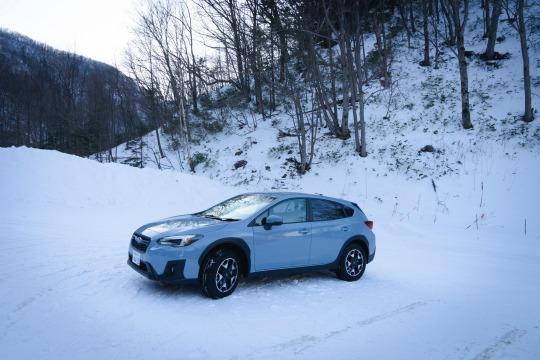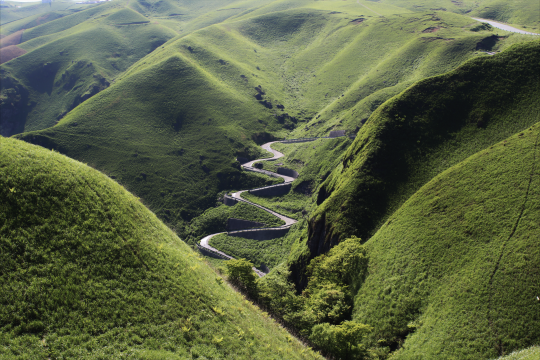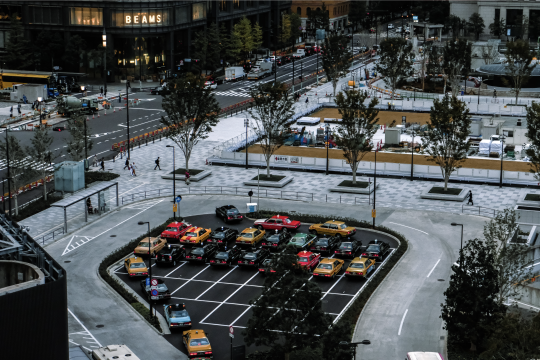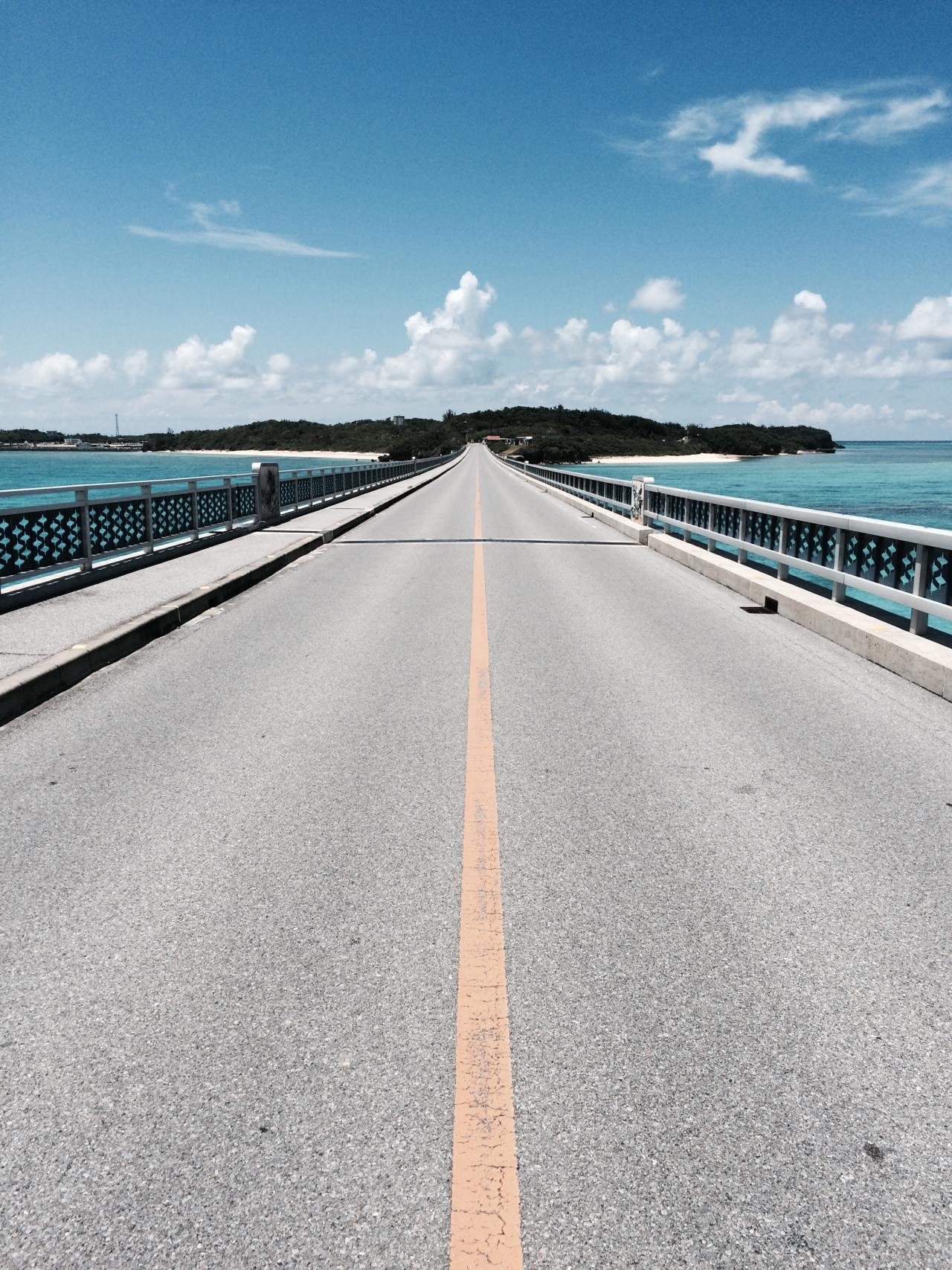#gallery-1 {
margin: auto;
}
#gallery-1 .gallery-item {
float: left;
margin-top: 10px;
text-align: center;
width: 100%;
}
#gallery-1 img {
border: 2px solid #cfcfcf;
}
#gallery-1 .gallery-caption {
margin-left: 0;
}
/* see gallery_shortcode() in wp-includes/media.php */
DISCOVER: Explore Japan’s Wild Side by Car
From sprawling cities to snow-capped mountains, forested valleys to secluded beaches, Japan’s 47 prefectures are an invitation to explore infinitely varied landscapes. But while most will only get a taste whilst watching the world whip by train windows, hire a car and you’re free to explore the country’s wildest corners.

For those wanting to explore off the beaten track, there’s no better way than hiring a car. Taking to the road on four wheels allows you to cover more ground and access hard-to-reach locations – all at your own pace. But getting behind the wheel in a foreign country can be daunting, so here’s what you need to know before driving in Japan.1. Pick up an International Driving Permit (IDP)
If you plan to hire a car during your trip, it’s essential that you get yourself an international driving permit before you travel. Providing you hold a valid driving licence, international permits are inexpensive and easy to pick up – usually through your national automobile association. However, there are several types of IDP, so make sure you ask for the version based on the 1949 Geneva Convention. Belgium, Estonia, France, Germany, Monaco, Slovenia, Switzerland and Taiwan do not issue these permits, but instead have a separate agreement that allows visitors to drive in Japan providing they have an official Japanese translation of their driver’s license, which can be obtained from the Japan Automobile Federation (JAF).

2. Keep to the left
Great news for visitors from the UK or Australia, but something to keep in mind for most, Japan drives on the left-hand side of the road. Road rules and signs follow international standards and most are written in English as well as Japanese, so beyond a few local idiosyncrasies, things should feel fairly familiar.

3. Take it slowly
The Japanese drive at a leisurely pace, with typical speed limits set at 80 to 100km/h on expressways, 40 km/h in urban areas, 30 km/h in side streets and 50 to 60 km/h elsewhere. It’s not unusual to receive a ticket for speeding, so take it slowly and stick to the local limits

4. Get familiar with the peculiar parking
Parking in city centres can be costly, though car parks are frequent and the price rapidly decreases with the size of the city and distance from the centre. However, unlike the parking lots you’ll see back home, Japan operates several unique parking systems which can be tricky to navigate on first encounter. The most common use an automated system where, upon choosing a space, small barriers rise behind the wheels to block the car in. On leaving, keying-in the number of your parking space and settling your fee lower the barriers to release your car. Less prevalent but just as unusual, elevator parking lots will direct you to park your car onto a lift, which then automatically stores your vehicle in a tower. When leaving, your car will be fetched by the elevator and returned to you. Just like speeding fines, parking fines are common and costly, so be sure to find an official spot if free parking isn’t available.

5. Get ready for petrol served with a smile
Finally, refuelling in Japan runs the risk of confusion with most gas stations operating a ‘full service’, requiring some basic Japanese. On arrival an attendant will guide you to a stall. Park up, shut off the ignition and wind down your window. The attendant will then ask you what kind of gas you’d like, for example ‘regular’, how much you’d like, for example ‘mantan’ (full tank), and how you would like to pay – credit card or cash. A perfect example of Japan’s famous hospitality in action, the attendant may then give you a wet towel to clean your dashboard, ask to take your rubbish and on leaving, direct you safely back to the road.
Images: Alex Rebbeck for ANA and via Unsplash

